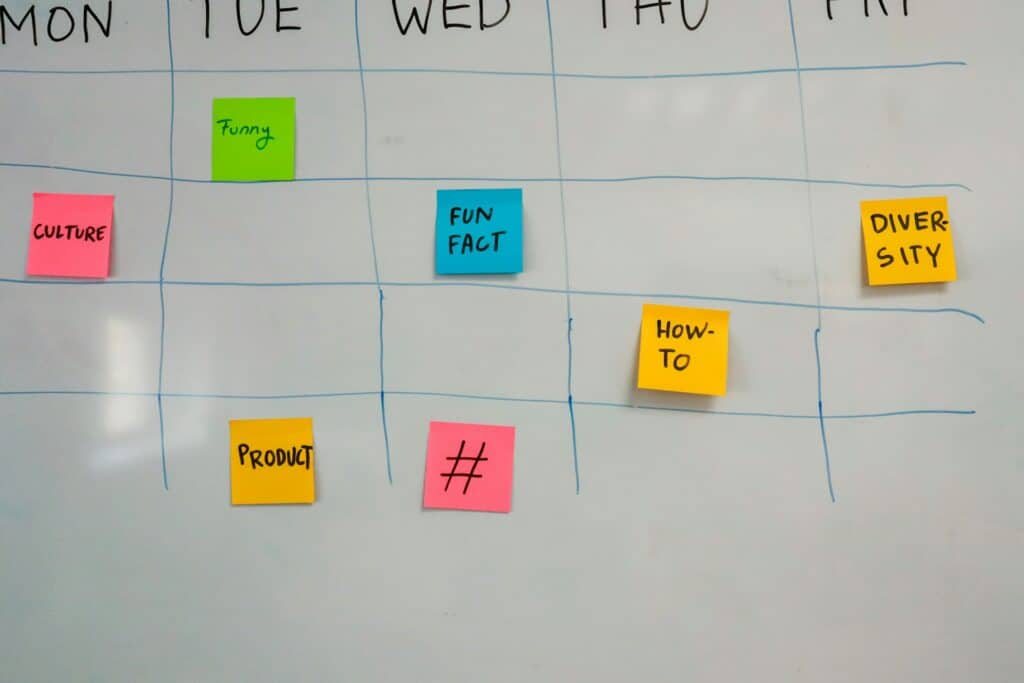How does one build a remote team? The world of work has changed dramatically. Today, building remote teams is not just a trend—it’s a necessity for organizations that want to attract top talent, stay agile, and remain productive in a global marketplace.

But how do you build a remote team that thrives, communicates well, and maintains high productivity, even when everyone is working from different locations? The answer lies in a thoughtful, step-by-step approach that blends technology, culture, and clear management practices.
This article will guide you through seven simple steps to build a remote team without sacrificing productivity. Whether you’re a startup founder, a manager in a growing company, or someone transitioning to remote work, these principles will help you create a team that is connected, motivated, and effective.
Step 1: Define Your Remote Work Policy and Team Culture
Every successful remote team starts with a clear foundation. Before hiring or assigning roles, it’s essential to establish your remote work policies and define the kind of remote team culture you want to create. This means more than just deciding who works from home; it’s about setting expectations, values, and the rules of engagement for your distributed workforce.
A strong remote work policy should answer questions like:
- What are the expected working hours? Is there flexibility for different time zones?
- How will performance be measured—by hours worked or by results delivered?
- What tools and platforms will the team use for communication and collaboration?
- How will you ensure data security and privacy?
Equally important is the culture you foster. A healthy remote team culture is built on trust, transparency, and inclusivity. Encourage open communication, celebrate achievements, and make sure every team member feels valued, no matter where they are. This foundation will guide every decision you make as you build your remote team.
Step 2: Identify Roles and Recruit the Right People
With your policies and culture in place, the next step is to identify the roles you need and recruit people who are not just skilled, but also suited for remote work. Building remote teams requires a different mindset than hiring for an office. Look for candidates who are self-motivated, excellent communicators, and comfortable with digital tools.
Start by mapping out the skills and roles your team needs to achieve its goals. Consider the following:
- What are the core functions your remote team must perform?
- Which roles can be fully remote, and which might require occasional in-person collaboration?
- Are there any gaps in your current team’s skills or experience?
When recruiting, be transparent about your remote work expectations. Use job descriptions that highlight the remote nature of the role and the qualities you’re seeking. During interviews, assess candidates’ ability to work independently, manage their time, and communicate clearly in a virtual environment.
Remember, diversity is a strength in remote teams. Hiring people from different backgrounds and locations can bring fresh perspectives and drive innovation, but it also requires sensitivity to cultural differences and time zones.
Step 3: Create a Structured Remote Onboarding Process
Onboarding is where many remote teams stumble. Without the informal cues and support of an office, new hires can feel lost or disconnected. That’s why a structured remote onboarding process is crucial for productivity and morale.
Start onboarding before the new hire’s first day by sending a welcome email, equipment, and access to necessary tools. On day one, host a virtual meet-and-greet to introduce them to the team and walk through your company’s mission, values, and expectations. Assign a mentor or “buddy” to guide them through their first weeks, answer questions, and help them feel part of the team.
Provide clear documentation on workflows, communication norms, and company policies. Use checklists and regular check-ins to track progress and address any challenges early. The goal is to make every new team member feel confident, connected, and ready to contribute from day one.
Step 4: Establish Clear Communication Channels
Remote team communication is the lifeblood of any distributed team. Without the ability to pop into someone’s office or chat by the coffee machine, you need to be intentional about how information flows.
Choose a set of communication tools that fit your team’s needs—such as Slack or Microsoft Teams for instant messaging, Zoom or Google Meet for video calls, and project management platforms like Asana or Trello for tracking tasks. Define which tools are used for what purpose, and set expectations for response times and meeting etiquette.

Encourage both formal and informal communication. Schedule regular team meetings, one-on-ones, and virtual social events to build relationships and trust. Create channels for sharing updates, asking questions, and celebrating wins. Make sure everyone knows where to find important information and who to contact for help.
Clarity and consistency are key. Document your communication guidelines and revisit them regularly to ensure they’re working for everyone.
Step 5: Set Goals, Track Progress, and Give Feedback
Productivity in remote teams depends on clear goals and accountability. As a leader, it’s your job to define what success looks like and how it will be measured. Set specific, measurable objectives for each team member and the team as a whole.
Use project management tools to assign tasks, set deadlines, and monitor progress. Hold regular check-ins to discuss challenges, celebrate achievements, and adjust plans as needed. Encourage team members to share updates and ask for help when they need it.
Feedback is especially important in remote settings. Provide constructive feedback regularly, not just during annual reviews. Recognize good work publicly and address issues privately and promptly. This helps maintain motivation and ensures everyone stays aligned with the team’s goals.
Step 6: Foster Team Bonding and Remote Team Building
One of the biggest challenges in remote team building is creating a sense of connection and camaraderie. Without face-to-face interactions, it’s easy for team members to feel isolated or disengaged. That’s why investing in remote team building activities is essential.
Organize virtual coffee breaks, online games, or team challenges to encourage informal interactions. Celebrate birthdays, work anniversaries, and team milestones, even if it’s just with a virtual card or a group video call. Encourage team members to share personal updates, hobbies, or photos in a dedicated chat channel.
Consider occasional in-person meetups or retreats if your budget allows. Even a single face-to-face gathering can strengthen relationships and boost morale for months to come. The goal is to create a supportive, inclusive environment where everyone feels like part of the team, no matter where they are.
Step 7: Continuously Improve and Adapt
Building remote teams is an ongoing process. What works today may not work tomorrow as your team grows, technology evolves, or circumstances change. Make continuous improvement part of your team’s DNA.
Solicit feedback from team members regularly—about communication, workflows, tools, and culture. Use surveys, one-on-one conversations, or anonymous suggestion boxes to gather honest input. Be open to experimenting with new tools or processes, and don’t be afraid to make changes if something isn’t working.
Stay informed about best practices in remote team management and be proactive in addressing challenges like burnout, time zone differences, or technology issues. Encourage a growth mindset and celebrate learning as much as results.
By staying flexible and responsive, you’ll ensure your remote team remains productive, engaged, and ready to tackle whatever comes next.
Leading a Remote Team to Success
How to lead a remote team is both an art and a science. It requires clear vision, strong communication, and a commitment to building a culture of trust and collaboration. By following these seven steps—defining your policies and culture, recruiting the right people, onboarding thoughtfully, communicating clearly, setting goals, fostering team spirit, and continuously improving—you can build a remote team that not only survives but thrives.

Remote work is here to stay, and the organizations that master remote team building will be the ones that attract the best talent, adapt quickly to change, and achieve lasting success. Start with these simple steps, and you’ll be well on your way to building a remote team that’s productive, happy, and ready for the future.
Table: 7 Steps to Build a Remote Team
| Step | Action | Key Focus Area |
|---|---|---|
| 1 | Define remote work policy and culture | Foundation, values, trust |
| 2 | Identify roles and recruit the right people | Skills, diversity, fit |
| 3 | Create a structured onboarding process | Integration, support, clarity |
| 4 | Establish clear communication channels | Tools, guidelines, connection |
| 5 | Set goals, track progress, give feedback | Productivity, accountability |
| 6 | Foster team bonding and team building | Engagement, morale, culture |
| 7 | Continuously improve and adapt | Flexibility, learning, growth |
By embracing these steps, you’ll discover that building remote teams is not just possible—it’s a powerful way to unlock new levels of productivity, creativity, and satisfaction for everyone involved.
